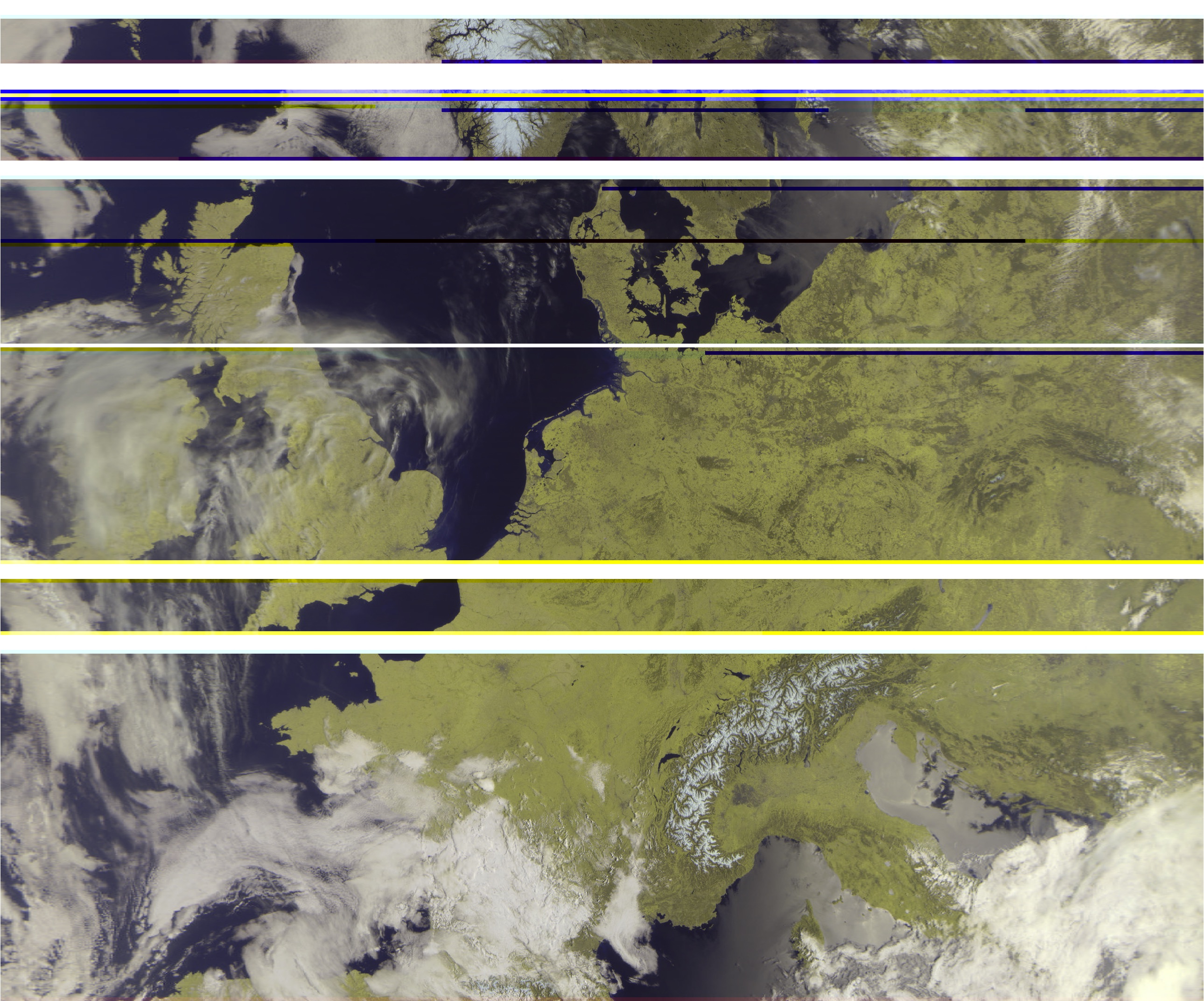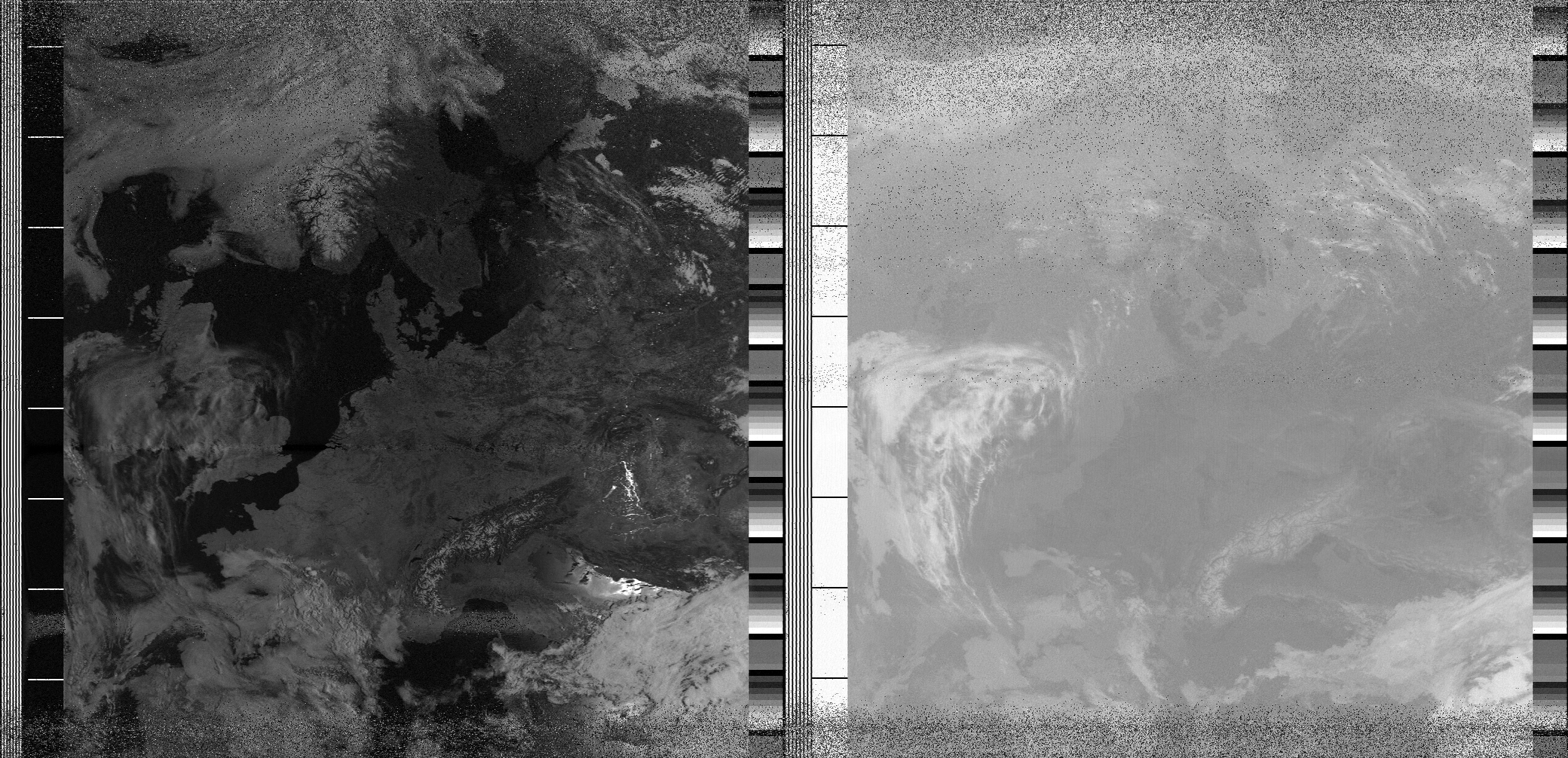Getting the most out of a V-dipole
Towards the end of a METEOR acquisition with the wonderfully simple V-dipole, I tried to improve signal by turning the antenna. That helped a bit, but I was surprised to find that lifting the antenna up changed the signal a lot. And it wasn’t just the higher the better: some heights gave better signal than others. Clearly, something more complicated was going on.
In this post, I’ll try to understand what happened.



